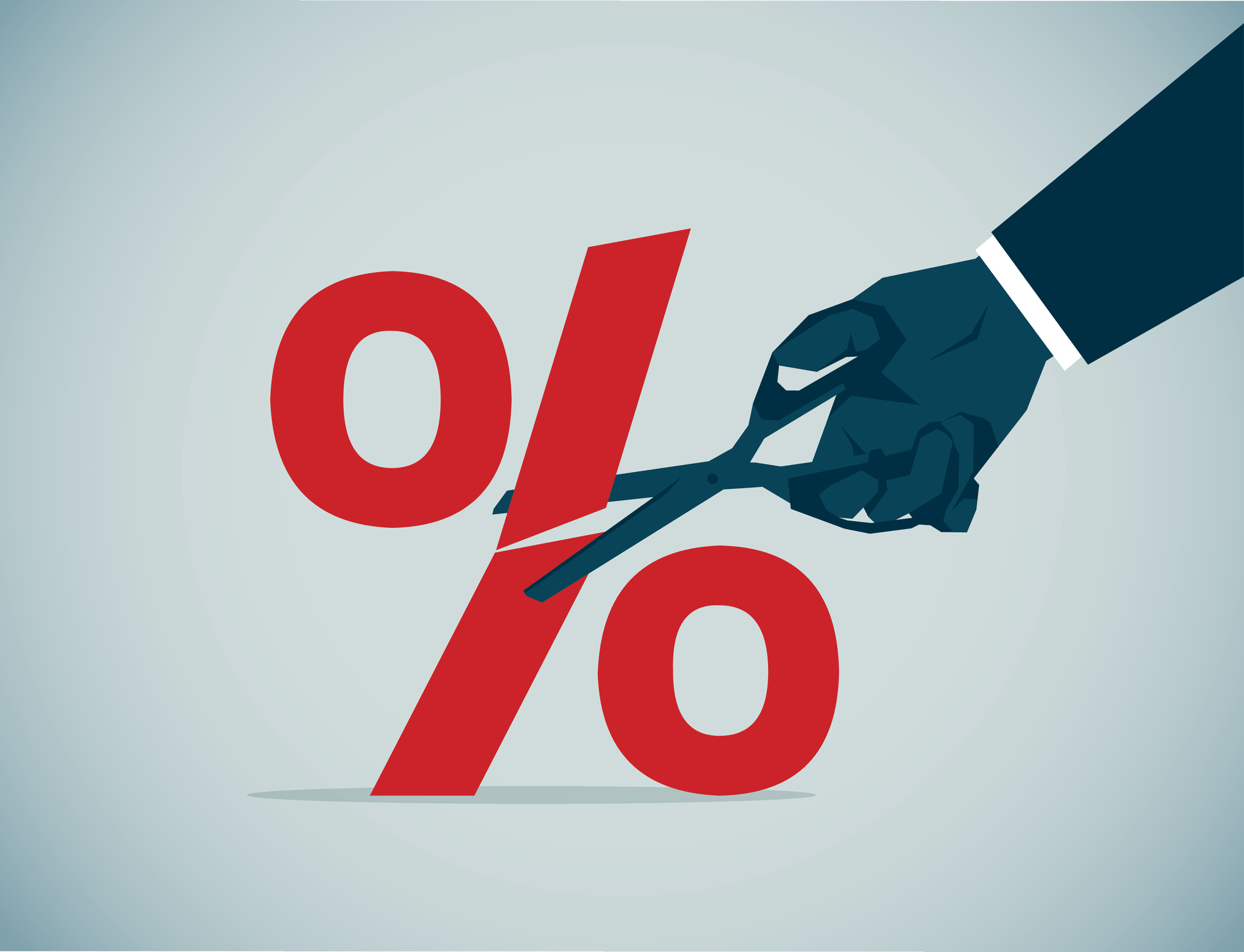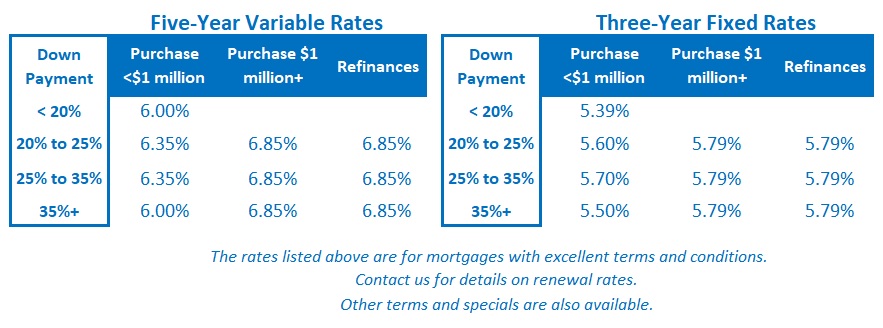Five Key Take-Aways from the Bank of Canada’s Latest Policy-Rate Decision
December 11, 2023Canadian Mortgage and Real-Estate Predictions for 2024
January 8, 2024
The US Federal Reserve held its policy rate steady last week, and its surprisingly dovish accompanying communications led US bond-market investors to conclude that its next move will be a cut.
At his press conference, Fed Chair Jerome Powell conceded that “it’s not likely” the Fed will hike again during this cycle, that rate cuts are now “clearly a topic of conversation”, and that the Fed plans to start lowering its policy rate “well before” inflation reaches 2% “so you don’t overshoot”.
The Fed also released its latest dot plot chart, which compiles each individual Fed official’s forecast for its policy rate. It showed that none of those nineteen officials anticipate additional rate hikes and that they expect an average of three 0.25% cuts in 2024.
Interestingly, while the Fed’s dot plot chart gets a lot of attention, especially when it supports the bond market’s view that a turning point in the interest-rate cycle is at hand, it has historically been a poor predictor of the timing and magnitude of future Fed rate movements.
While no forecasting entity has a perfect track record, the bond-futures market gets it right more than any other entity. That makes sense when we consider that bond-market pricing is determined by thousands of investors buying and selling in real-time, making it a sort of hive-mind forecast.
For its part, the bond market is now assigning a 70% probability that the Fed will begin cutting next March, up from 40% prior to last week’s meeting. Bond-market investors now expect six 0.25% cuts in 2024, up from four cuts prior to last week (although the bond-futures markets has been particularly volatile of late).
US Treasury yields plunged following the Fed’s announcement, and as usual, took their Government of Canada (GoC) bond yield equivalents along for the ride.
The higher-for-longer interest-rate view, which had become almost universal by the end of summer, is now being replaced at breathtaking speed.
This sudden reversal is validation of legendary investor Bob Ferrell’s 9th rule of investing: “When all the experts and forecasts agree – something else is going to happen”. But that same investing rule should serve as a warning to anyone who is ready to conclude that rates will continue to move down in a straight line from here.
The recent sharp drop in bond yields on both sides of the 49th parallel is providing a powerful stimulus to our economies at a time when both the Fed and the Bank of Canada (BoC) believe that momentum in their economies still needs to slow.
Central bankers always try to skate where the puck is going when setting policy rates because their rate movements impact their economies with a lag. It is quite possible that the recent dramatic drop in bond yields could now push the puck in a different direction.
Despite encouraging progress with inflation to date, both central banks have warned that their work is not done. To wit, at his press conference last week, Chairman Powell reiterated the Fed’s ongoing concerns that inflation is “still too high”, that “bringing it down is not assured”, and “that no one is declaring victory”.
Bond-market investors aren’t paying much heed to those warnings right now, but they would be wise to remember that Bob Ferrell’s rule #9 doesn’t only apply when it brings the news we have all been waiting for. If the higher-for-longer consensus view is substituted for a lower-and-sooner view that comes with the same near universal conviction, Bob Ferrell’s rule might work against us next time.
To be clear, I still think we’re done with rate hikes and that we’ll see rate cuts in 2024 (with the exact number still to be determined).
With that in mind, if you’re in the market for a mortgage today, variable rates are an appealing option – if you can tolerate variable-rate risk and are prepared to be patient. Simply put, I think variable rates will most likely produce the cheapest total borrowing cost over the five years ahead (based on my view that rates have already peaked for this interest-rate cycle).
On the other hand, if you’re concerned that inflation will prove stickier than the consensus now expects, and if you want to guard against the risk that Bob Ferrell’s rule #9 will be proven correct again, I think three-year terms are the best currently available fixed-rate option.
That’s because the rate premiums for shorter one- and two-year fixed rates remain prohibitively high and because five-year fixed rate terms risk locking borrowers in for too long. The Bottom Line: Three-year GoC bond yields dropped by another 0.30% last week. Borrowers should expect lenders to continue cutting their rates in response. For the time being, all the momentum for fixed rates is pointing downwards.
The Bottom Line: Three-year GoC bond yields dropped by another 0.30% last week. Borrowers should expect lenders to continue cutting their rates in response. For the time being, all the momentum for fixed rates is pointing downwards.
Five-year variable-rate discounts were unchanged last week.
Variable-rate borrowers will be relieved that more rate hikes appear increasingly unlikely, and they will be encouraged that the bond futures market now expects the first rate cut to materialize next March. Somewhat suddenly, rate relief may be not that far off.
This will be my final post for the year, dear reader, and I am happy to be ending 2023 on a more optimistic note.
I wish you a safe and happy holiday season.








2 Comments
Excellent insight as always. Thanks for sharing Dave and have a Merry Christmas!
Thanks for your note, Paul. Merry Christmas and Happy New Year to you as well!